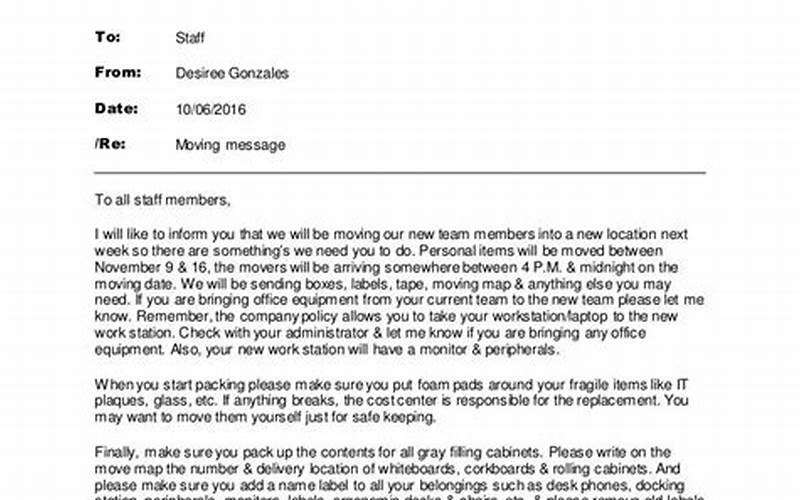Greet the Audience: Welcome to Our Ultimate Guide on SLA Call Center  Source: bing.com
Source: bing.com
If you have ever had to call a customer service center, you must have heard the term “SLA Call Center” at some point. But what is it, and why is it crucial to businesses? In this comprehensive guide, we will walk you through everything you need to know about SLA Call Center. From its definition, importance to how it works, we’ve got you covered. So, let’s dive in!
The Basics: What is SLA Call Center?  Source: bing.com
Source: bing.com
SLA stands for Service Level Agreement. Therefore, SLA Call Center is an agreement between a customer and a service provider, specifying the level of service to be provided by the service provider. It serves as a guarantee for the customer of the quality of service they will receive from the service provider. It outlines the minimum acceptable service standards, including call waiting times, response times, and other performance indicators that ensure the highest level of customer satisfaction.
How Does SLA Call Center Work?  Source: bing.com
Source: bing.com
SLA Call Center works by setting performance standards that the service provider must meet for their customers. The agreement outlines the level of service and support that the customer will receive from the service provider. If the service provider fails to meet these performance standards, the customer has the right to seek compensation, penalties, or even terminate the contract. Hence, it motivates service providers to provide high-quality service and enables customers to have peace of mind, knowing that their needs are met.
Why is SLA Call Center Important?  Source: bing.com
Source: bing.com
The importance of SLA Call Center lies in its ability to improve customer experience, satisfaction, and retention. By defining acceptable service levels, customers are assured of receiving high-quality service, leading to a better customer experience. Additionally, it helps businesses to stay competitive and improve their reputation. Service providers striving to meet the service-level agreement have a competitive edge by providing better service, leading to customer loyalty and positive feedback.
Who Can Benefit from SLA Call Center?  Source: bing.com
Source: bing.com
SLA Call Center benefits both service providers and customers. It is ideal for businesses that provide customer support, technical support, or any service that involves communication with customers. Additionally, companies that have a high volume of customer calls can benefit from SLA Call Center. It helps service providers to streamline their support services and ensure that customers receive quality services.
What are the Components of SLA Call Center?  Source: bing.com
Source: bing.com
| Components of SLA Call Center | |
|---|---|
| Service Type | Defines the type of service provided to the customer |
| Service Level | Defines the acceptable performance levels such as call waiting time, response time, resolution time, and other performance indicators |
| Metrics | Defines how the service levels will be measured and evaluated. Typically, this involves call monitoring and customer feedback |
| Escalation Path | Defines what happens when service levels are not met. It outlines the escalation path for resolving issues and includes penalties for missing service levels |
| Support Hours | Defines the service hours and the response time during those hours |
| Reporting | Defines the reporting requirements for service delivery and verifying adherence to the service level agreement |
Frequently Asked Questions about SLA Call Center  Source: bing.com
Source: bing.com
1. How is the service level agreement quantifiable?
The service level agreement is quantified by specifying measurable metrics and acceptable levels of service. This enables both the service provider and the customer to track the performance and ensure that the service provider meets the expected standards.
2. Can SLA Call Center be Customized?
Yes, the SLA Call Center can be customized to meet the specific needs and requirements of the customer. The customer can define the service level requirements and metrics that are most important to them.
3. What Happens if a Service Provider Fails to Meet SLA Standards?
If a service provider fails to meet the SLA standards, the customer has the right to seek compensation, penalties, or even terminate the contract. This motivates service providers to provide high-quality service and enables customers to have peace of mind, knowing that their needs are met.
4. What Are the Benefits of SLA Call Center?
The benefits of SLA Call Center include improved customer experience, satisfaction, and retention. Additionally, it helps businesses to stay competitive, improve their reputation, and streamline their support services.
5. How to Implement SLA Call Center?
Implementing SLA Call Center involves defining service levels, setting performance metrics, outlining the escalation path, and reporting requirements. Once the performance standards are set, the service provider should monitor the performance and continuously improve the service quality.
6. Is SLA Call Center only Applicable to Call Centers?
No, SLA Call Center is applicable to any service that involves communication with customers, including chat, email, and social media.
7. How to Create a Service Level Agreement?
To create a service-level agreement, you need to define the service type, performance metrics, escalation path, support hours, and reporting requirements. Typically, the service provider drafts the service level agreement and presents it to the customer for approval.
8. How to Measure SLA Performance?
Measuring SLA performance involves monitoring and evaluating the service provider’s adherence to the performance metrics outlined in the service level agreement. This can be done through call monitoring, customer feedback, and reporting.
9. What Are the Popular SLA Performance Metrics?
The popular SLA performance metrics include call waiting time, response time, resolution time, customer satisfaction, and first call resolution rate.
10. Is SLA Call Center Only for Large Businesses?
No, SLA Call Center can benefit businesses of all sizes, including small businesses. It ensures that all customers receive the same level of service and support, regardless of the size of the business.
11. What is the Role of the Customer in SLA Call Center?
The customer’s role in SLA Call Center is to define their service needs and expectations, monitor the service provider’s adherence to the service level agreement, and provide feedback to improve the service quality.
12. How to Negotiate an SLA Call Center?
To negotiate an SLA Call Center, both the customer and the service provider should communicate their needs and expectations. The service provider should draft the service level agreement and present it to the customer for review and approval. Any issues or concerns should be addressed before signing the agreement.
13. How Often Should SLA Call Center be Reviewed?
SLA Call Center should be reviewed regularly to ensure that the performance metrics and service levels are still relevant and effective. Typically, it is reviewed annually or when there is a significant change in business requirements or customer needs.
Conclusion: Take Action Now  Source: bing.com
Source: bing.com
SLA Call Center is essential for any business that provides customer support, technical support, or any service that involves communication with customers. By defining acceptable service levels, customers are assured of receiving high-quality service, leading to a better customer experience. Additionally, it helps businesses to stay competitive, improve their reputation, and streamline their support services. Implementing SLA Call Center can be a game-changer for your business, ensuring that you meet and exceed your customers’ expectations. Take action now and create a service level agreement that works for you and your customers.
Disclaimer: Closing Statement
The information provided in this article is solely for educational and informational purposes. We do not guarantee the accuracy, completeness, or suitability of any information contained herein. Therefore, we will not be liable for any errors or omissions in this information or for any losses, injuries, or damages arising from its display or use. We recommend that you seek professional advice before implementing any of the concepts or ideas discussed in this article.